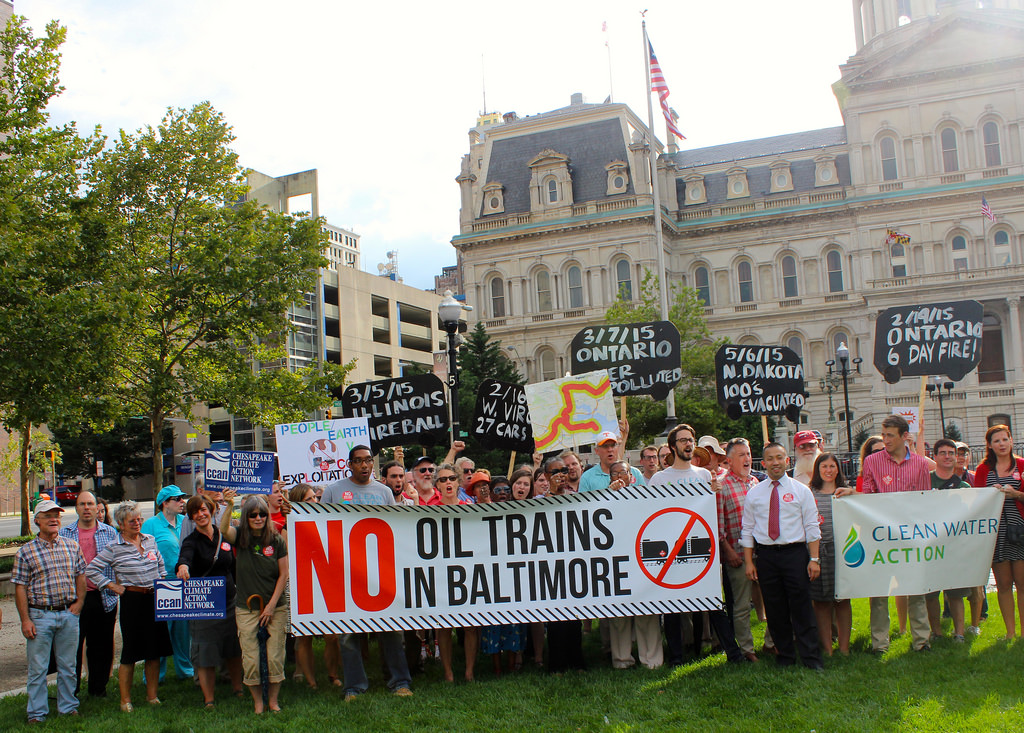By Chloe Taylor, Katrina Vaitkus, Justin Stacey, Zachary Felch, Amanda Speciale, Katie DeVoss, and Miranda Mlilo
Who we are:
We are a group of University of Maryland students majoring in Environmental Science and Policy. For our senior capstone project, we are researching the impact of offshore wind energy for CCAN to help prepare for the upcoming public comment period for the proposed Ocean City US Wind Project. We will be creating a series of blog posts to provide information about different aspects of offshore wind and its impacts on greenhouse gas emissions, the economy, and wildlife. This is the first of our three part series.

Greenhouse gas emissions are the most significant driver of climate change. These emissions increase atmospheric temperature, correlating to climate change events such as sea level rise and increased frequency of extreme weather. Not only do these emissions create climate change, but they also pose serious public health risks, specifically to those with poor respiratory health, due to their contribution to air pollution and air quality.
Renewable energy is a solution to combat the problems from greenhouse gas emissions. Supporting renewable energy initiatives and projects can decrease greenhouse gas emissions by millions of tons per year. Currently in the state of Maryland, we emit 59 million metric tons of carbon dioxide a year, and 17 million metric tons of these alone are from the energy sector. Despite this high number, only 10% of energy generated is renewable. The offshore wind project proposed off of the coast of Ocean City, Maryland may be the solution we are looking for. Not only will it help decrease Maryland’s total emissions by millions of metric tons per year, but it will encourage more renewable energy development.
Currently, wind energy accounts for 1.4% of renewable energy in Maryland, from 191 MW of onshore wind, providing for 49,000 homes. The offshore wind project proposes 250MW of wind power, therefore this could more than double the amount of wind power Maryland uses. American Wind Energy estimates that in 2017 wind energy avoided a total of 189 million tons of carbon dioxide emissions in the US , reducing 11% of all US power emissions. In addition to carbon dioxide emission displacement, wind also avoided 188,000 tons of sulfur dioxide and 122,000 tons of nitrogen oxide emissions. This major cut alone prompted an estimated $8 billion in public health savings due to better air quality and less pollution.
The offshore wind project could bring many benefits to the state of Maryland and help to decrease emissions on both the state and global scale. Shifting towards renewable energy is important not only for protecting our environment, but also for protecting our own health. Stay informed, get involved, and let our government know that you support offshore wind in the state of Maryland!
Sign this petition to the Bureau of Ocean Energy Management urging them to approve offshore wind in Maryland!
Pictures Retrieved From:
https://www.publicdomainpictures.net/en/hledej.php?hleda=pollution
https://www.vox.com/energy-and-environment/2018/5/25/17393156/offshore-wind-us-massachusetts-rhode-island-zinke
http://www.uswindinc.com/our-projects/


